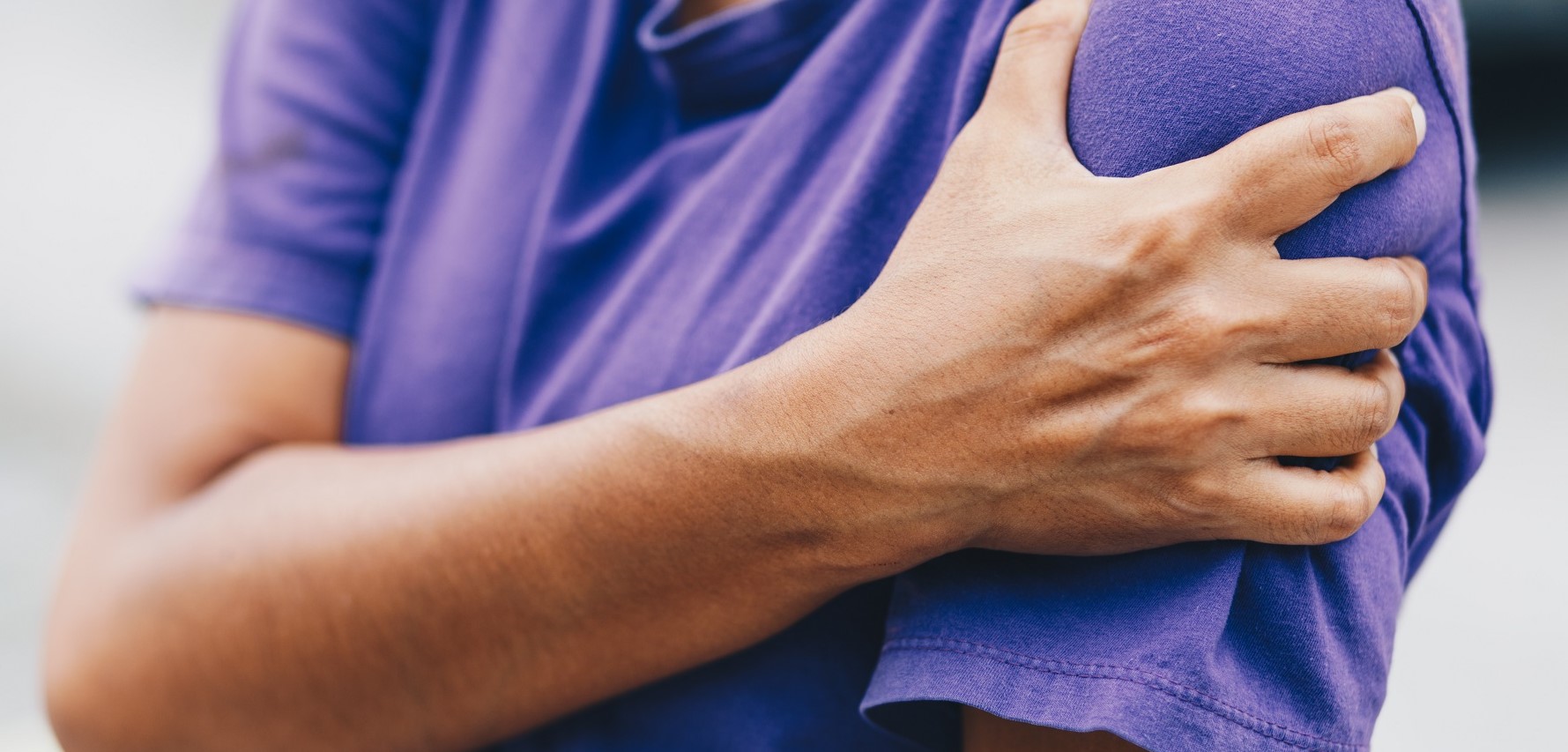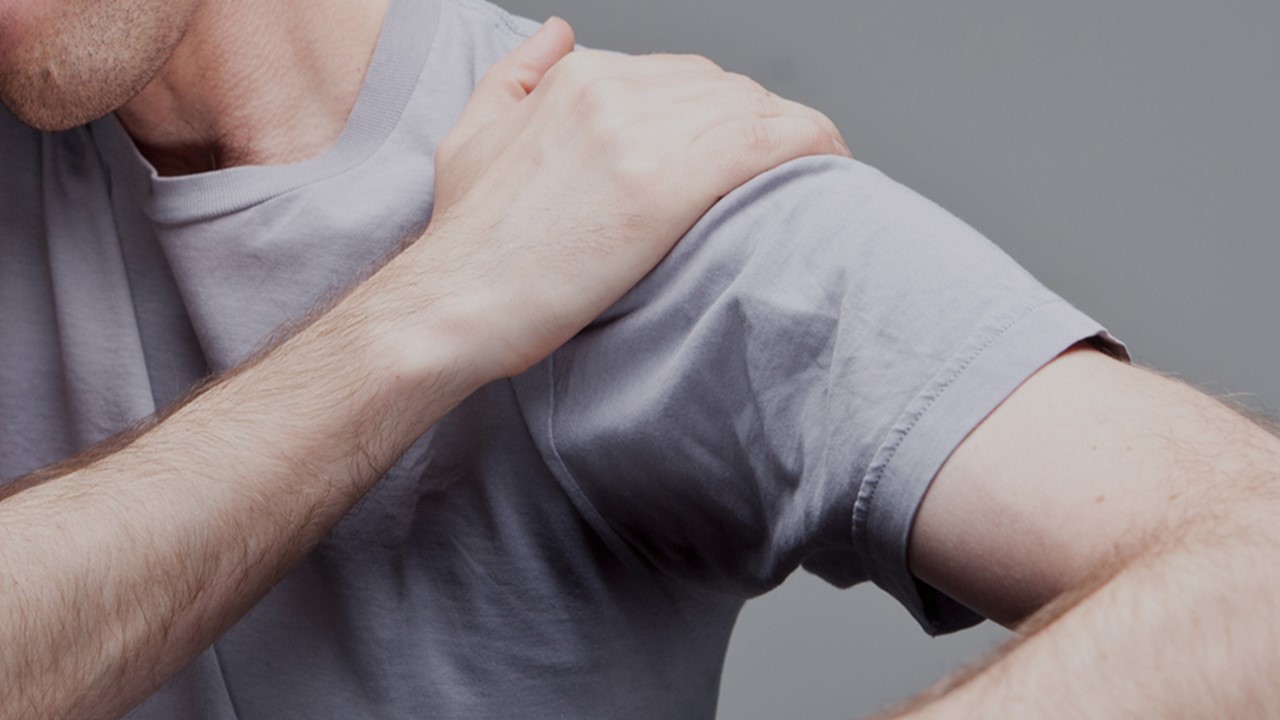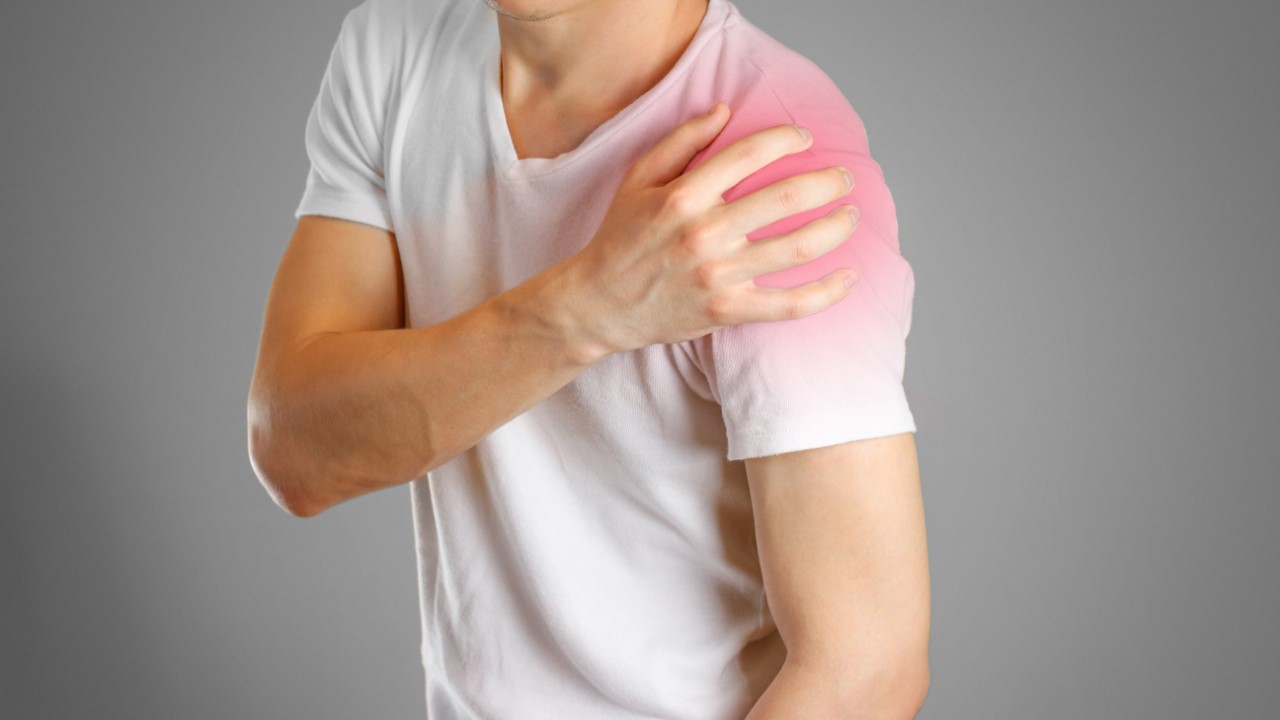All Conditions


Shoulder Dislocation
A dislocated shoulder occurs when the upper arm bone dislodges from the cup-shaped socket within the shoulder blade. Due to the shoulder's exceptional flexibility, it is particularly prone to dislocation. The shoulder joint is notably the most frequently dislocated joint in the body, mainly due to its wide range of movement. Dislocations can occur in various directions like forward, backward, or downward leading to either complete or partial displacement. The front of the shoulder is the most common site for these occurrences, often involving ligament stretching or tearing which exacerbates the dislocation.
Symptoms
- Weakness in the affected arm.
- Severe pain in the affected area.
- Muscle spasms, leading to uncontrollable movements and increased discomfort.
- Visible deformity or displacement of the shoulder.
- Radiating pain that can extend from the shoulder down the arm, potentially reaching the neck.
- Limited range of motion in the arm or shoulder.
- Identification of a dislocated shoulder can sometimes be straightforward by observing visible deformities like lumps or bulges in the affected area.
Treatment
Treatment for a dislocated shoulder typically starts with closed reduction, a procedure where the doctor gently repositions the joint and confirms the placement with an X-ray. Immobilization using a sling or splint follows, with the duration based on the severity of the injury. Pain management may involve over-the-counter medications are used, and in more serious cases, prescription pain relievers may be required. Surgical intervention is rare but considered if initial reduction fails or there's extensive damage. Rehabilitation through physical therapy helps regain strength and mobility, while resuming strenuous activities should await the doctor's clearance to prevent further harm.




